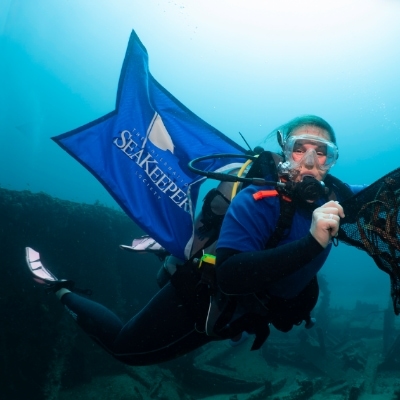Projeto Golfinho Rotador (Spinner Dolphin Distributions)
Project Overview:
This expedition aims to study the distribution and occurrence of spinner dolphins and other cetaceans between the archipelago of Fernando de Noronha and the Brazilian coast.
Program Partners
- Centro Golfinho Rotador
Location
- Between Fernando de Noronha and the Brazilian coast
Expected Time Frame
- Ongoing Throughout 2026
Duration of Expedition
- 3 - 5 Days
Accommodation Needed
- 2 - 4 Researchers
Special Equipment Needed
- Licensed captain; swim platform (hydraulic or stationary) or easy access to water; access to tender or smaller vessel
Expedition parameters listed above are flexible and negotiable.
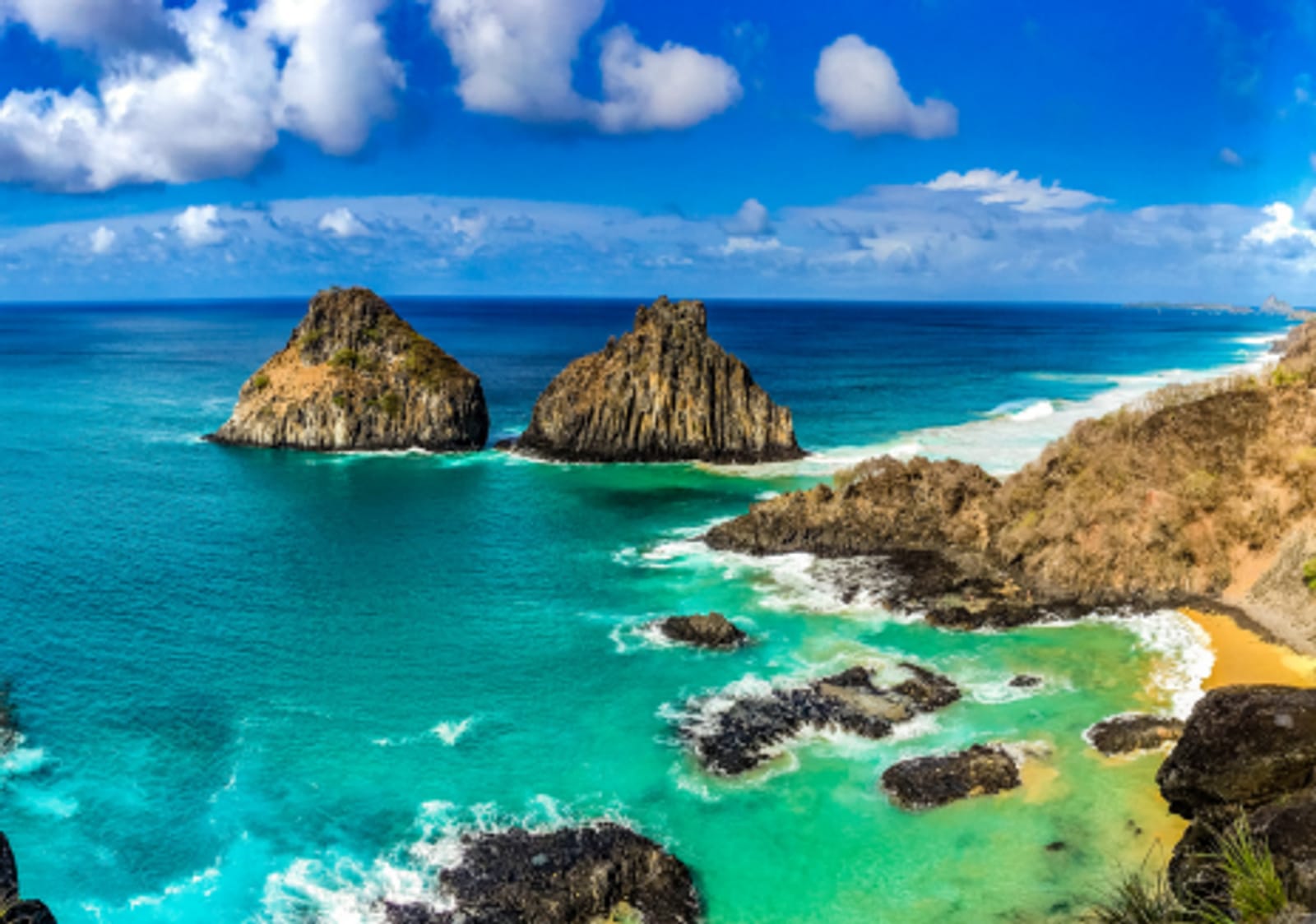
Background:
The Spinner Dolphin Project, initiated in 1990 on Fernando de Noronha Island, is a comprehensive conservation and research initiative focused on protecting the island’s spinner dolphins. Led by the Spinner Dolphin Center and supported by ICMBio, and Petrobras, researchers monitor dolphin populations, conduct extensive research on their behavior, and promote responsible tourism. This project strives to maintain the unique ecological balance of the Fernando de Noronha Archipelago and ensure the long-term protection of its marine biodiversity.
Mission:
The mission of the Spinner Dolphin Project is to foster conservation through scientific research, environmental education, and sustainable practices, with a focus on spinner dolphins and marine biodiversity. The primary objectives of this expedition include studying the dolphins’ distribution and behavior in the oceans between Fernando de Noronha Island and the coast of Brazil. Understand the species’ natural history and the impacts of human activities, particularly in relation to nautical tourism, will help inform public policies that protect the dolphins and their habitat.
Applications:
The Spinner Dolphin Project has had a significant impact on both local and global conservation efforts. By documenting the dolphins’ behavior and habitat use, the project has provided critical data that has influenced regional environmental policies and international conservation standards, such as IBAMA regulations and the UNESCO recognition of Fernando de Noronha as a natural heritage site. The project’s educational initiatives have reached thousands of locals and tourists, fostering greater environmental awareness and responsibility. Additionally, the creation of sustainable tourism guidelines and community-driven initiatives has empowered islanders to actively participate in conservation efforts, ensuring that economic growth aligns with ecological preservation.
Relevant/Previous Scientific Publication(s):
Program Partners:
Get Involved
If you’re interested in learning more about this specific program opportunity, please reach out to our team below to find out more about this program or get involved in other opportunities with SeaKeepers.
Explore More Opportunities
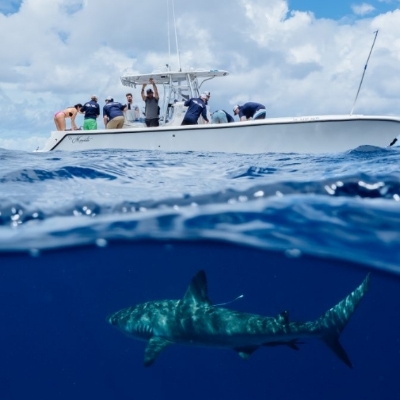
At-Sea Opportunities
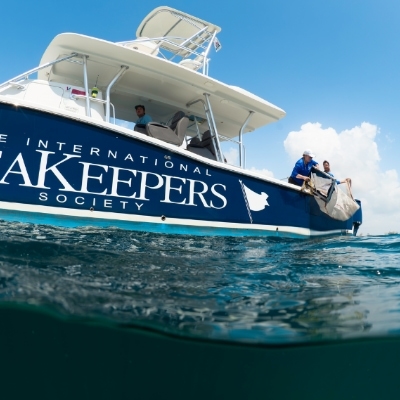
Citizen Science Opportunities
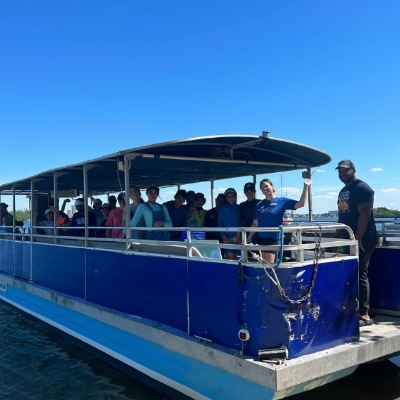
Education Opportunities
